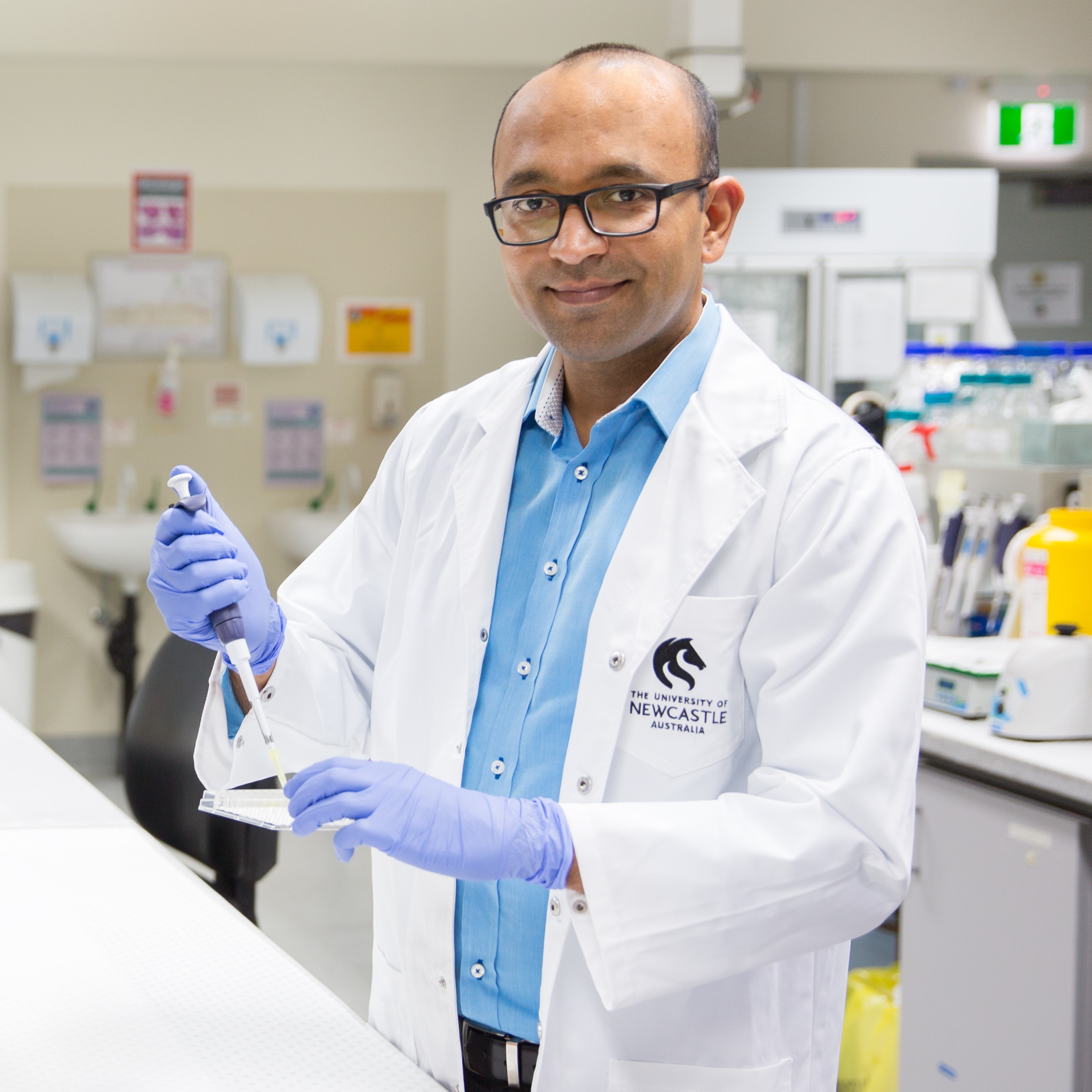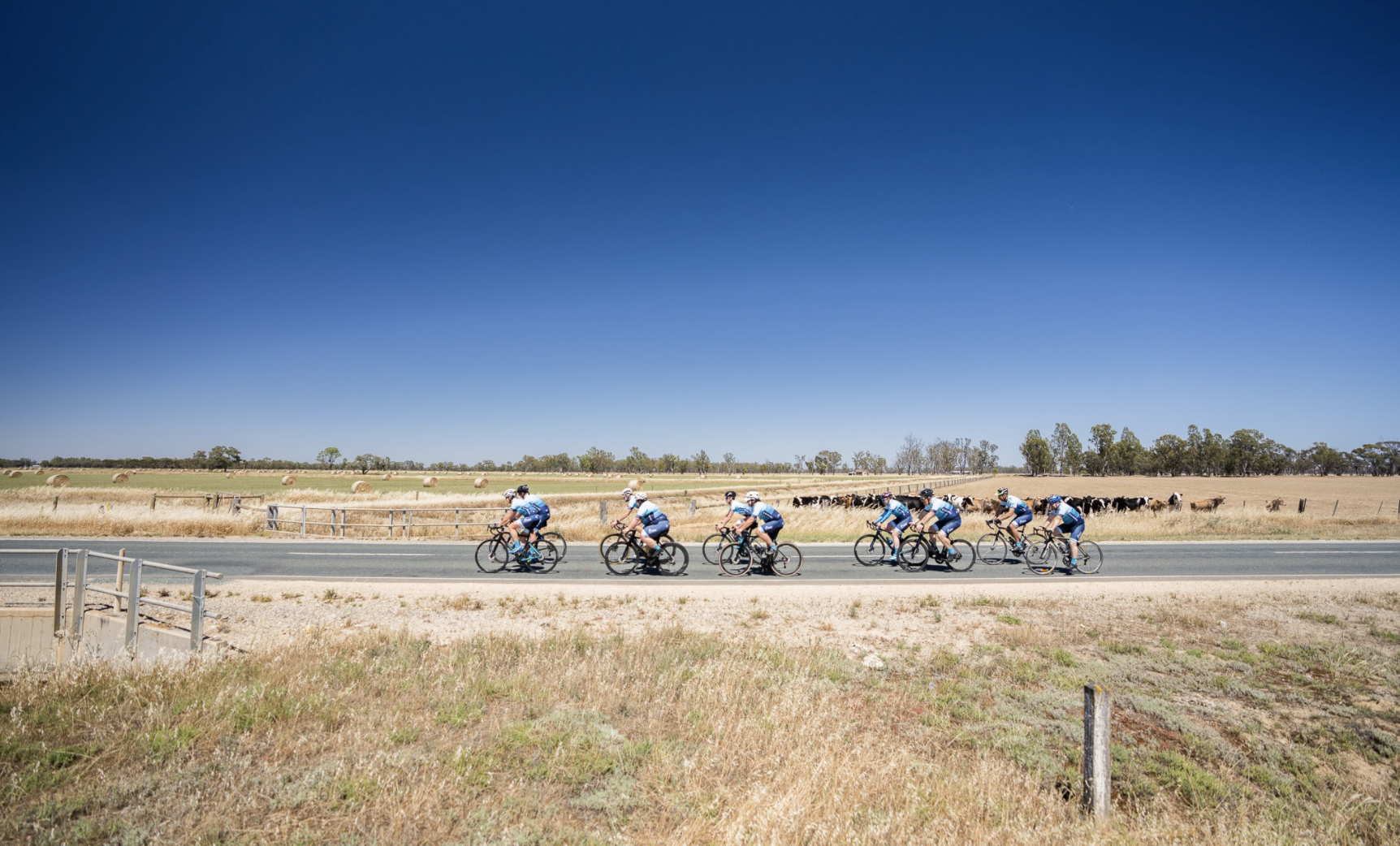Diagnosing and treating ovarian cancer continues to be difficult in any given individual case. However, when women live in rural and remote locations – the challenges around easy access to medical care and treatment for ovarian cancer only grow more complex.
According to the Australian Institute of Health and Welfare (AIHW), around 29% of Australia’s population live in rural and remote areas (2017) and as a result, they often have poorer health and welfare outcomes, compared to those living in major cities.
The Royal Flying Doctor Service of Australia (RFDS) found in a survey study of rural and remote health, respondents were travelling for an average of one hour to see a doctor for a non-emergency reason, with some trekking for longer than five hours.
When there is limited access to primary health care for example, a general practitioner (GP) – let alone a gynaecological specialist, patients generally seek help later into the course of a disease and present to hospital with what could have been a preventable severity of the illness. The RFDS has labelled this all-too-common situation as Potentially Preventable Hospitalisations (PPH). The numbers speak for themselves – for every hospitalisation per 1,000 population, there were 25 in major cities, compared to 39.5 in remote areas and 60.9 in very remote areas presenting with PPH.
So, how does this lack of access impact ovarian cancer patients who live in Australia’s remote and rural locations?
It comes as no surprise that general life expectancy, for both males and females, decreases as remoteness increases (2017 study) and this might be a contributing factor to late ovarian cancer detection for Australia’s regionally located women.
Ovarian cancer has been described as an insidious disease for its vague, everyday symptoms that many women endure – abdominal bloating, fatigue, and cramps, more than often put down to a benign cause i.e., their menstrual cycle. The rate of advanced-stage diagnosis is already concerning, with 59% of patients being diagnosed in late stages, giving these women a 29% chance of living more than five years, according to the State of the Nation in Ovarian Cancer Research Audit. What we know about late detection and diagnosis, is that it directly impacts treatment options and outcomes, only increasing in difficulty.
So, with seemingly innocuous symptoms like bloating, the likelihood of a one-hour (or more) drive to the doctor, petrol costs, time away from work and limited access to specified gynaecological medical experts – it is clear, there are more factors working against our remote or regional women, when it comes to getting diagnosed and treated for a rare cancer like ovarian cancer.
Catherine Stephen, an ovarian cancer survivor from Armidale, NSW (population of 24,000+), recounts her diagnosis and treatment experience in the regional town.
“For me to access a gynaecological oncologist, I had to travel to Newcastle, which is around four and a half hours away. Most appointments had to be made several weeks or months in advance.”
 Picture from Instagram: Catherine Stephen during the 2021 Frocktober campaign.
Picture from Instagram: Catherine Stephen during the 2021 Frocktober campaign.
Funding ovarian cancer research can help not only by progressing diagnostic mechanisms and treatments, but also by increasing knowledge of this rare disease amongst medical professionals.
“I had to go through three different GPs in Armidale before I found one that would take my concerns and symptoms seriously. Because of this, it took three months to get referred to an oncologist in Newcastle. When I got to Newcastle, I was operated on almost immediately due to the seriousness of the tumour and spent time in hospital after very invasive abdominal surgery.”
Pradeep Tanwar is a professor and National Health and Medical Research Council (NHMRC) Fellow at University of Newcastle. His work is focused on ovary and uterus diseases (including cancers), while researching ways to improve and replace current prevention and treatment strategies. Pradeep discusses the complexities of geography and diagnosis through a scientific and medical lens.
“Some of the main reasons for delayed diagnosis that I have learned from regional or remote patients and their families are: the lack of access to doctors, especially with experience in ovarian cancer; patients are often misdiagnosed by GPs as symptoms are vague and there is no definitive test for ovarian cancer, GPs also don’t want to overprescribe imaging. Even so, rural areas generally don’t have easy access MRI/CT scans.”
 Picture: Pradeep Tanwar at University of Newcastle
Picture: Pradeep Tanwar at University of Newcastle
So, how do we overcome this tyranny of distance? While raising awareness of ovarian cancer in Australia’s female population and medical professionals in all locations is crucial, an early detection test is the one thing that will close the gaps between regional or rural women, medical specialists, and a quicker diagnosis.
“GPs are generally not aware or, up to date with ovarian cancer research and facts – this is a major problem. However, they are particularly good in performing differential diagnosis tests when readily available I.e., blood, saliva, urine tests to determine a particular problem from any location, before sending to a central pathology lab. The key issue here, is that there is no similar test for this cancer type.”
Once developed, an early detection test will be habitual and part of every woman’s health regime, similar to a regular pap smear or mammogram, by any GP, in any part of Australia.
While continuing to be vigilant with those vague symptoms, women – and doctors, will have peace of mind knowing the more potentially sinister outcomes are being checked, routinely.
This is why the Ovarian Cancer Research Foundation is fighting this insidious disease in the lab. We believe that funding research into an early detection test is the answer and one of the only ways to make the greatest impact on the largest number of Australian women and girls – regardless of their location.
REGIONAL VICTORIA, WE ARE COMING TO YOU!
The annual Silver Lining Ride has already set the (bike) wheels in motion this November 19th, with a cycling team touring from Mildura, through regional Victoria, finishing in Melbourne on November 27th. The ride was created in 2017 to spread awareness in some of Victoria’s more remote and regional towns, while raising vital funds for ovarian cancer research.
At the Ovarian Cancer Research Foundation, we believe it is important to speak to all women in Australia – not just the women in our most populous areas.

Do you live in any of these regional towns? The Silver Lining Ride team would love to see some friendly faces.
Ouyen
Swan Hill
Echuca
Yarrawonga
Wangaratta
Shepparton - arriving on Wednesday 24th November
Bendigo - arriving on Thursday 25th November
Ballarat - arriving on Friday 26th November
Sorrento - arriving on Saturday 27th November
Follow the Silver Lining Ride on Instagram @Silverliningride for daily updates.